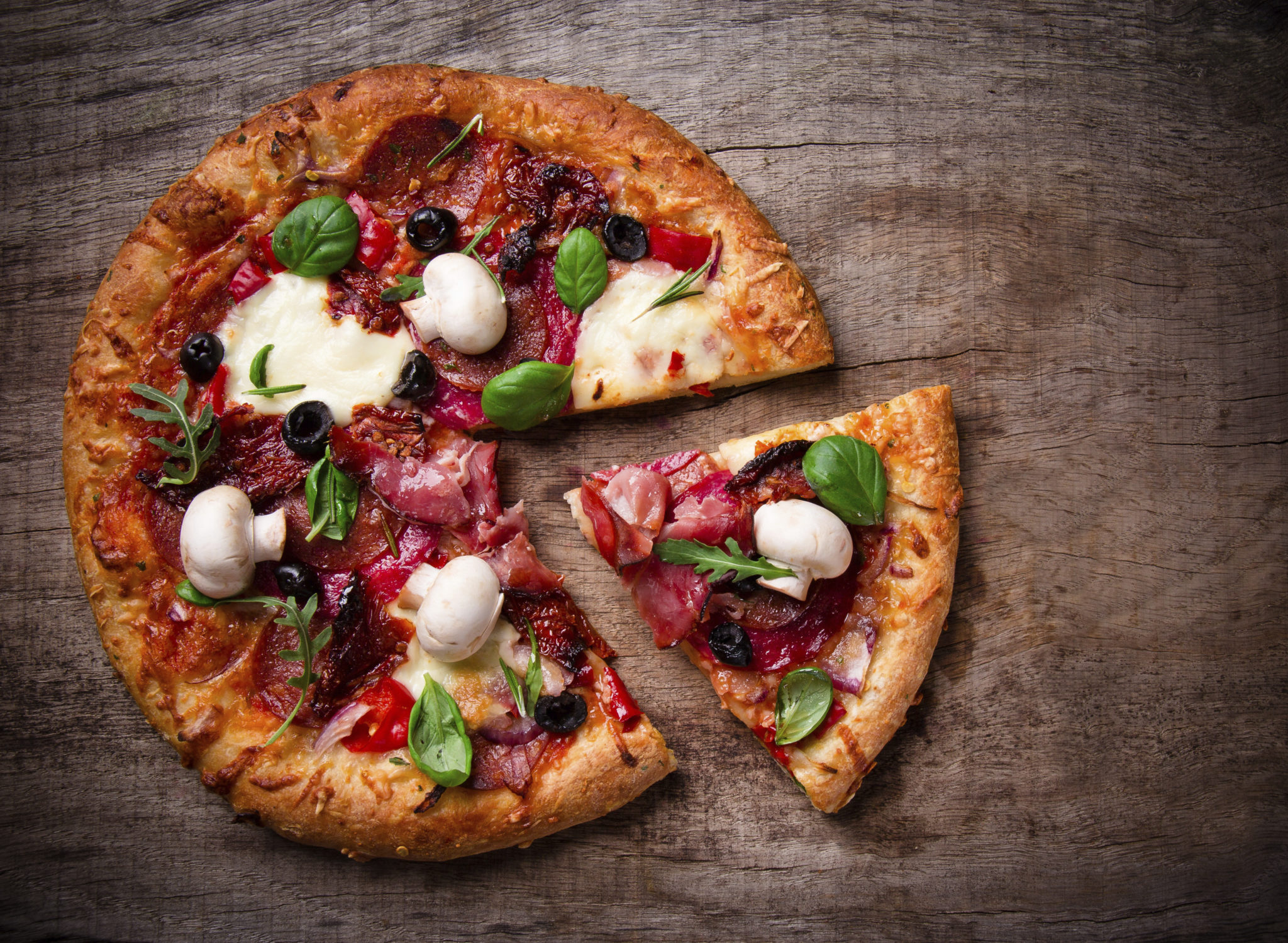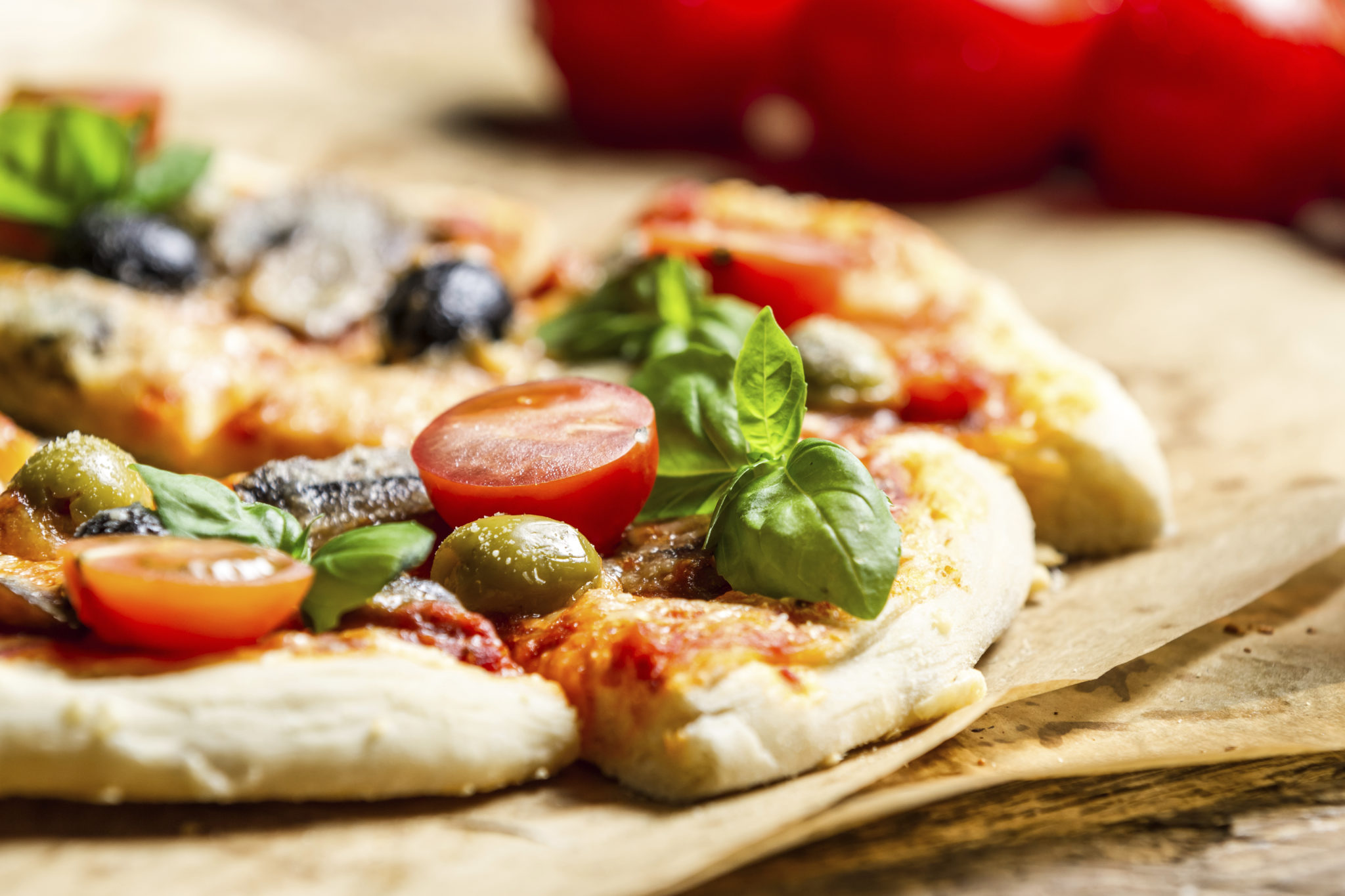There may be no dish in American dining that is as universally beloved or so often the subject of heated debate as pizza. Each regional variation and every beloved local pizzeria has its passionate backers. As you make your way through culinary arts programs, you’ll learn how to prepare some of these addictively delicious dishes. Here are a few of the major kinds of pizza and the restaurants known for making exceptional versions:
Neapolitan
Pizza has its roots in Naples, Italy, and according to the History Channel, the earliest known American pizzeria opened in New York City in 1905. Though pizzas have taken on many forms in the U.S. over the years, the traditional methods and ingredients continue to exert a strong influence on many pies.
In contrast to the giant slices covered with toppings many pizza lovers enjoy, Neapolitan pizza is quite simple, including a thin crust made with wheat flour and San Marzano tomatoes cooked in a wood-burning oven. Restaurants specializing in the style, like Philadelphia’s Pizzeria Vetri, offer a few variations. Margherita comes with basil, mozzarella, and tomato sauce, while marinara features oregano, crushed tomatoes, garlic, and olive oil. The crudo has buffalo mozzarella and Parmigiano cheeses topped with uncooked prosciutto.

Sicilian pizza
Serious Eats pointed out that pizza in Sicily is quite different from what is served in the U.S. under the island’s name. The American version does borrow from a variety made in Sicily’s bakeries, called sfincione. Both feature a rectangular shape and plenty of dough. However, the Italian version features onion, anchovies, tomatoes, grated hard cheese and bread crumbs.
Sicilian pizza in the U.S., on the other hand, is generally piled with mozzarella and the other tasty add-ons American diners expect. Still, the crust is the star, as at Slab in Portland, Maine, where baker and chef Stephen Lanzalotta keeps the toppings straight-forward. His specialties include a pie with tomato, mozzarella, and provolone. Still, customers can also select the meat wedge, including cheese, pepperoni, pepperoncini, red pepper sauce, oregano, and a house-made blue cheese dip.
New York
As Eater explained, New York-style pizza evolved out of the Neapolitan-American version that had been made using coal. After a ban on coal ovens went into effect, pizza makers switched to gas. This shift lent the chewy crust a crispy, browned bottom layer. Meanwhile, pizzerias added plenty of low-moisture mozzarella suited to lower temperatures and longer cooking times.
These pies are defined by the long history of neighborhood, family-owned shops serving up big, foldable slices. Among the most celebrated is Brooklyn’s Di Fara Pizza, where every pie has been made by owner Domenico DeMarco – with assistance from his children – since 1964. According to the New York Times, the pizzeria imports both its tomatoes and cheese from Italy and makes fresh dough three or four times a day. DeMarco’s way of doing business leads to hours-long waits and high prices, but that has done little to affect the shop’s devoted following.

Chicago
Chicago is known for its deep dish pizzas, baked in round, steel pans and distinguished by a thickness that demands a knife and fork. In traditional deep-dish pizza, the crust is crumbly and loaded with chunky tomato sauce, lots of mozzarella, and plenty of toppings.
The Second City is home to many fine purveyors of this hearty item, but one of the most renowned is My Pi. The long-running establishment is known for a sauce filled with sizable pieces of San Marzano tomatoes. The specialty pizza comes with sausage, pepperoni, or Spinach with mushrooms, onions, and green peppers. Patrons can also opt for a Hawaiian variation including hickory-smoked ham and pineapple with tomato sauce, mozzarella, and Romano cheese.
Pan pizza is set apart from the conventional deep dish by the heavier, flakier crust and the preparation in a cast-iron pan that results in delightfully crispy, black edges. Pequod’s has been filling its tables with pizza fans since 1970 while keeping its offerings uncomplicated. Customers choose from toppings like sausage, pepperoni, Canadian bacon, anchovies, onion, spinach, mushrooms, and green pepper.
Pizza takes an unending variety of forms, each with its own devotees. Students at culinary arts institutes may discover the version that works best for their own tastes and cooking styles. As many of the establishments discussed here demonstrate, perfecting a style of pizza-making and delivering it consistently can become the work of a lifetime.


